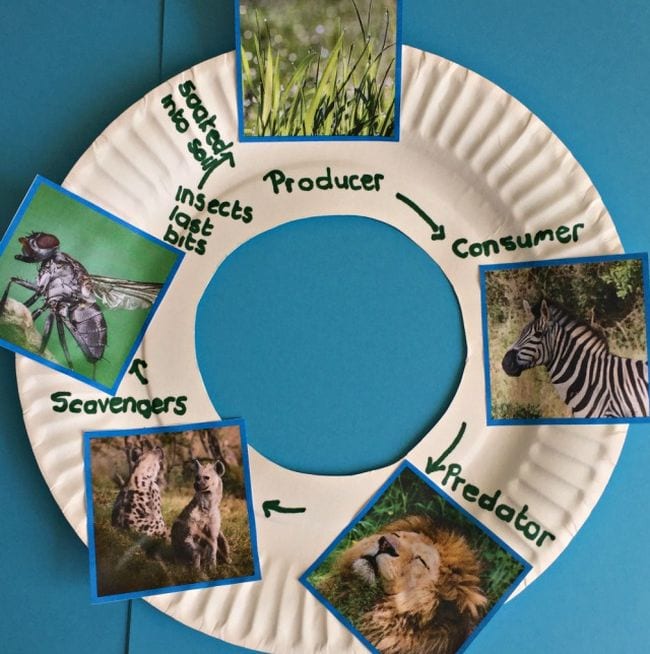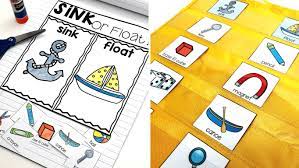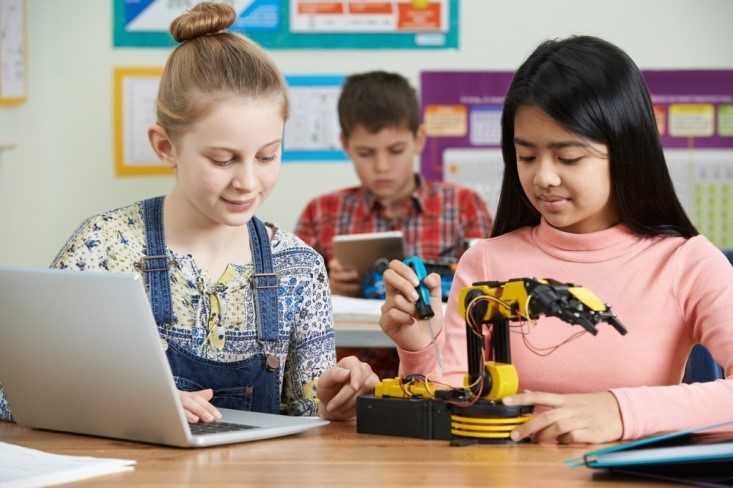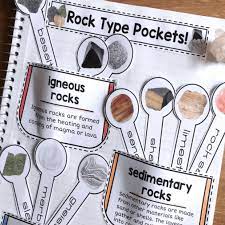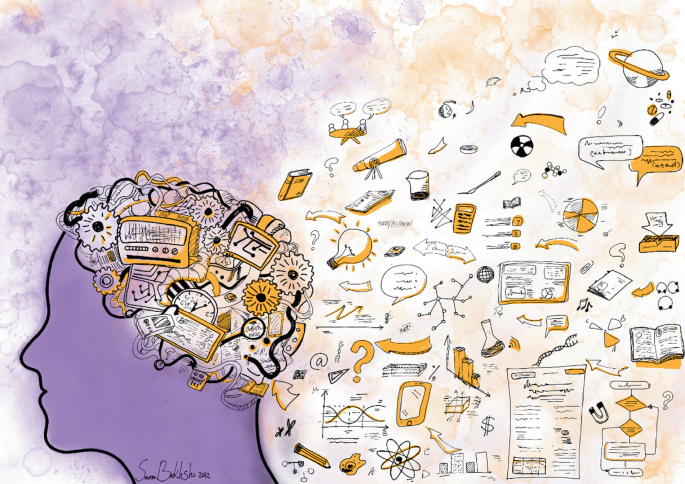Introduction:
Forces are everywhere! They affect the way things move, interact, and exist in our daily lives. Educators should strive to engage students with fun and creative activities that teach them the principles of forces in an interesting and interactive way. Here are 20 entertaining forces activities suitable for various grade levels that will help students understand and learn more about this fundamental concept in physics.
1. Marble Run – Use marbles, cardboard tubes, ramps, and obstacles to create a challenging marble run that demonstrates how forces act upon objects.
2. Balloon-Powered Cars – Make balloon-powered cars with recycled materials like cardboard, straws, and bottle caps.
3. Paper Airplanes – Host a paper airplane contest based on distance flown or flight time.
4. Parachute Drop – Create mini parachutes using plastic bags and paper clips and drop them from a height to explore air resistance.
5. Tug-of-War – Play tug-of-war as a class to discuss tension forces and allow kids to work as a team.
6. Magnetic Art – Use various types of magnets to create art while exploring magnetic forces.
7. Egg Drop Challenge – Build protective devices for eggs using different materials to discover how force influences an object’s motion or deformation.
8. Skyscraper Engineering – Construct tall structures using marshmallows and toothpicks focusing on understanding gravity’s influence on stability.
9. Friction Lab – Experiment with different surfaces (sandpaper, wax paper, aluminum foil) to see how forces like friction affect motion.
10. Rolling Objects – Test an assortment of rolling objects (e.g., balls, cans) down inclined planes to analyze effects of gravity and friction on acceleration rates.
11. Rocket Launchers – Use various types of rockets (e.g., water rocket or straw rocket) and compare the distances traveled while discussing thrust force.
12. Buoyancy Experiment – Submerge objects in water and observe buoyant forces at work.
13. Domino Rally – Set up exciting domino rallies to explore how potential energy transforms into kinetic energy.
14. Gravity Dot Painting – Have students create colorful dot paintings influenced by the force of gravity to observe its effect on paint-drippings.
15. Pendulum Art – Make pendulum art using basketballs suspended from ropes to demonstrate forces like gravity and inertia.
16. Force Charades – Introduce multiple physics vocabulary terms related to force (e.g., push, pull, friction) during a charades game.
17. Bungee Jump Barbie – Attach an elastic band to a Barbie doll and drop it from varying heights to examine forces’ impact on motion.
18. Magnetic Racetrack – Create a racetrack using magnets at the bottom of toy cars and lead vehicles along different tracks using magnets from below.
19. Bridge Building – Use Popsicle sticks, toothpicks, or even marshmallows to construct bridges and examine how forces affect architectural engineering.
20. Catapult Challenge – Construct catapults using everyday household materials and host a competition to see whose device can launch an object the farthest.
Conclusion:
These 20 fun forces activities provide educators with an engaging way of introducing the diverse principles of forces that impact everyday life. Students will love participating in these hands-on experiments that highlight fundamental elements of physics while inspiring curiosity, teamwork, and critical thinking skills for all grade levels!


